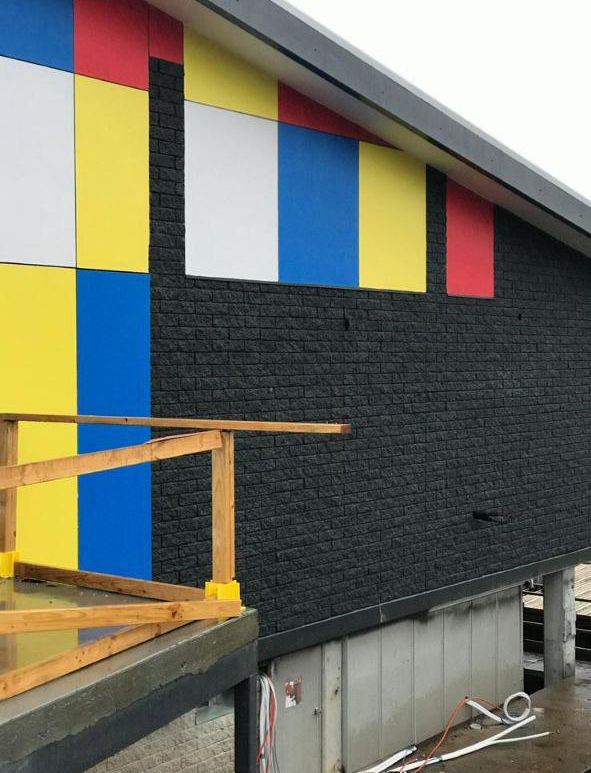Choosing a suitable color for painting a building involves considering several factors, including the building’s architectural style, surroundings, climate, and the intended purpose. Here are some general tips to help you decide on a suitable color:
1. Architectural Style:
– Consider the architectural style of the building. Some styles may lend themselves well to traditional colors, while others may allow for more contemporary or bold choices.
2. Surroundings and Environment:
– Take into account the colors of the surrounding buildings and the natural environment. The chosen color should complement rather than clash with the surroundings.
3. Climate:
– Climate can impact the appearance of paint over time. In areas with intense sunlight, lighter colors may be preferable as they reflect heat. In colder climates, darker colors can absorb sunlight and provide warmth.
4. Building Material:
– The material of the building can influence color choice. For example, a brick building might look good with earthy tones, while a modern steel and glass structure may suit a sleek and neutral color palette.
5. Purpose and Image:
– Consider the purpose of the building. Residential buildings often have more flexibility in color choice, while commercial or institutional buildings may need to adhere to branding guidelines or community standards.
6. Local Regulations:
– Check if there are any local regulations or restrictions regarding building colors. Some communities may have guidelines to maintain a cohesive aesthetic.
7. Color Trends:
– While it’s essential to consider timeless and classic choices, you can also look at current color trends for inspiration. Keep in mind that trends may change, so choose a color that you’ll be happy with in the long term.
8. Maintenance Considerations:
– Lighter colors may show dirt less than darker colors. Consider the maintenance requirements and how often the building will need cleaning or repainting.
9. Test Samples:
– Before committing to a color, obtain paint samples and test them on a small section of the building. This allows you to see how the color looks in different lighting conditions.
10. Historical Considerations:
– If the building has historical significance, research historical color palettes for that architectural style or time period. Some buildings are subject to preservation guidelines.
Ultimately, the best color for painting a building is a subjective choice that considers both personal preferences and practical considerations. It can be helpful to consult with design professionals or color experts to get advice tailored to your specific situation. Additionally, observing other buildings with similar styles in your area can provide inspiration and help you make an informed decision.









No comment yet, add your voice below!